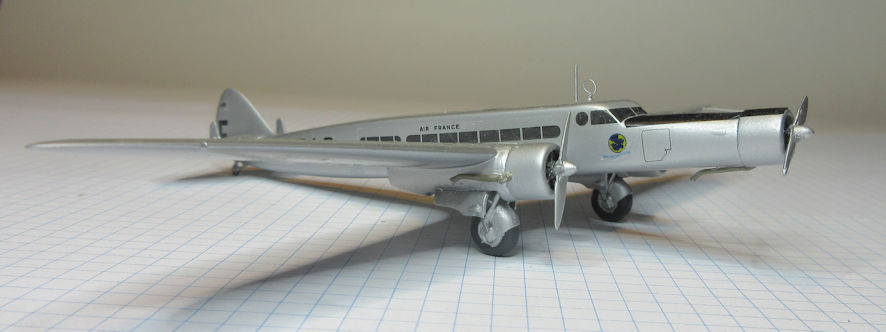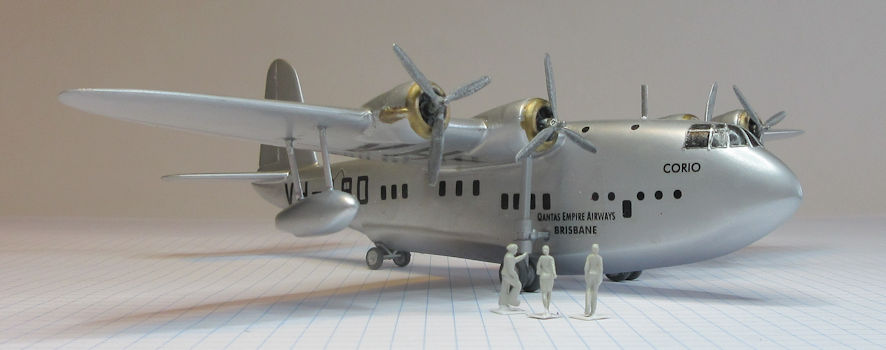Big airliners of the 1930s
Blohm und Voss Ha139, Dewoitine 338 and Short Empire Class flying boat
Wandering around the Gallery of 1930s aircraft the other day I could not help but notice how many single engines aircraft there were. Many of them were fighters, demonstrating the rapid developments of aeronautics during the decade and the threat of war that spurred the rapid development of aviation towards the end of the 1930s. However, standing above the single engines aircraft were the big silver civil aircraft of the period. So I thought we might single out three of them for a closer look. All three were designed and used to provide air links between a central European country and possessions or spheres of influence in distant parts of the world.
The least numerous of these is the Blohn und Voss Ha139, a floatplane designed to carry air mail on a route between Germany and South America. There was no provision for passengers on this aircraft but it could carry half a tonne of mail over a distance of 500 kilometers. It might not have been very comfortable for passengers because, on the flight to South Americas, the Ha139 landed on the ocean near a ship waiting for it to refuel and was then launched from the ship on a catapult to continue its journey. Only three were built and they were turned to military use during the Second World War.
This model was made from the rather rare Air Craft 1/144 vacformed kit which also has some white metal parts. It is actually a difficult model to assemble and I would not recommend it to anyone who lacked a lot of experience in these kinds of models. Mach 2 offer as militarized version of the Ha139 in 1/72 scale but it might be a severe challenge to convert that kit to the civil version successfully.
The French Dewoitine 338 was a stretched and improved version of the earlier Dewoitine 333 airliner trimotor (which is also in the Gallery). Air France bought 31 of these aircraft and used them first on European routes but later used them to fly to Dakar, Hanoi and Hong Kong. They continued to serve during World War II as troop transports for French and German airlines.
This model was made from the F-Rsin 1/144 resin kit and goes together very easily because it had few parts and is generally very well moulded for a kit of this size. I have seen a vacform kit in 1/144 offered by Air Craft and there is a 1/72 kit offered by Broplan, but it is a vacform kit and I have had no success in trying make one of those well. So if you can find the F-Rsin kit that is the one to go.
The Short Empire Class flying boat (also referred to as the C-Class) was designed and built to link distant members of the British Empire with air mail and passenger services. Forty-two were built and flew mainly for Britain’s Imperial Airways with a few operated by Qantas Empire Airways and Tasman Empire Airways Limited (which much later became Air New Zealand). At the beginning of World War II they were flying from Britain to destinations including Australia, New Zealand and South Africa. Like the Ha139 and Dewoitine 338 they were also turned to military use during the war. (The aircraft represented here was shot down by the Japanese in 1942.)
This model was made from the Welsh Models vacform kit with engines and propellers from an aftermarket set. Like most vacformed kits, it is not impossible to make but needs a lot more care and experience than is needed for the average injection moulded kit. Since I made this model Welsh Models have released a fully resin kit which is available in Imperial Airways and TEAL markings, and that would be the way to go if you want a model of this airliner. In 1/72 CMR have offered a resin kit which would look magnificent when completed.


